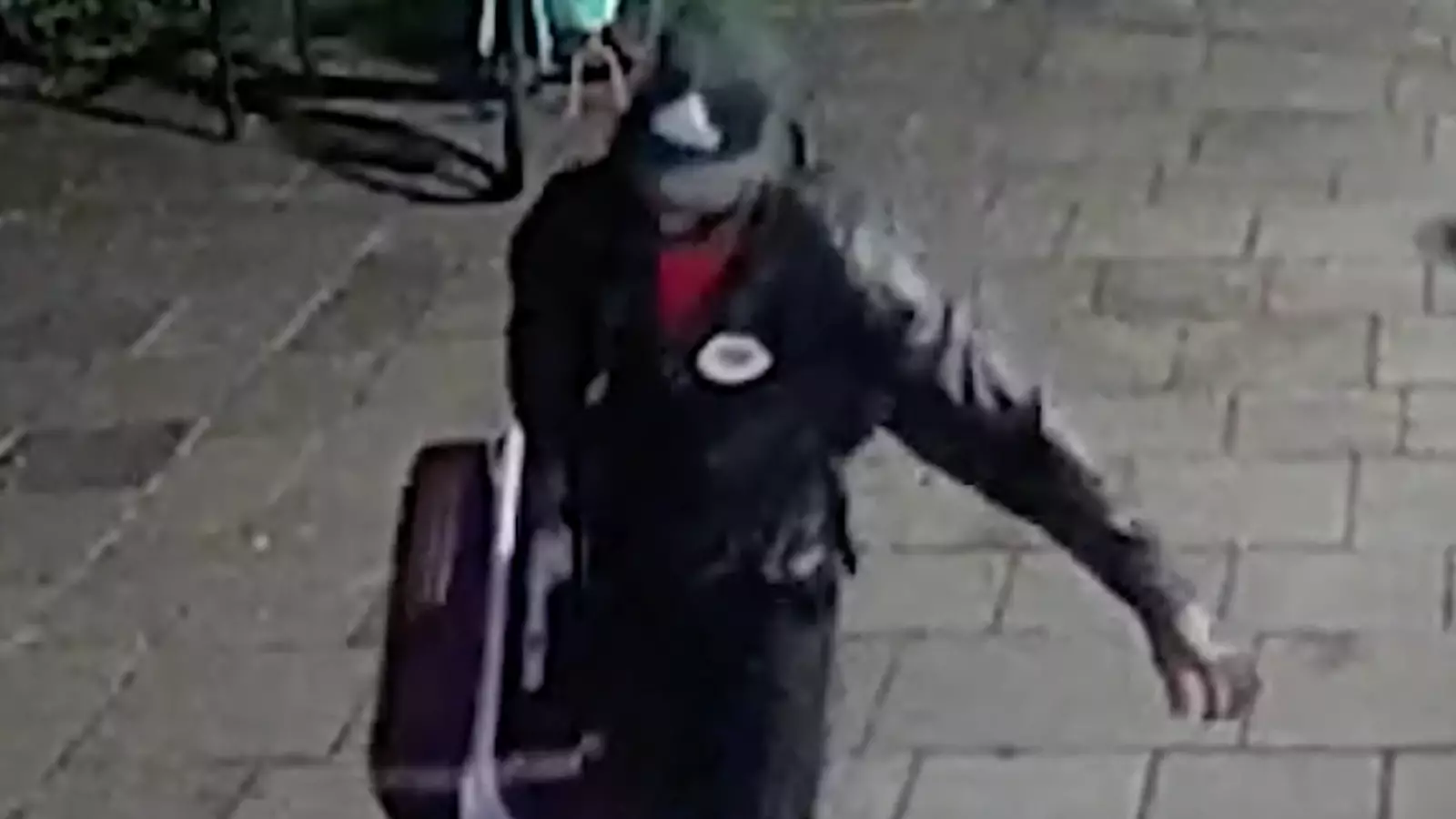In a world that often prizes the veneer of civility and safety, it is truly heartbreaking to witness how acts of unfathomable brutality can ripple through a community, leaving scars far deeper than physical injuries. The recent case of a double murder in west London not only exemplifies the depths of human depravity but also highlights the lingering trauma inflicted on ordinary citizens caught unwittingly in the crossfire of evil. People who initially believed they were simply helping a distressed individual ended up confronting a nightmare no one should endure. Their experience underscores the brutal reality that violence, when unchecked, perverts even the most compassionate instincts, transforming community spaces into sites of horror.
The fact that bystanders were duped into assisting a murder suspect reveals a haunting truth: evil often lurks disguised as helplessness. These witnesses, motivated by human kindness and the hope to assist someone in distress, became unwitting accomplices in a chilling crime. Their trauma speaks volumes about the destructive human tendency to trust, sometimes blindly, in others’ pleas, especially when rendered vulnerable by language barriers or unfamiliar circumstances. Their ordeal is a stark reminder that law enforcement and societal systems must do more to protect citizens from predators camouflaged within our communities — predators who exploit our inherent empathy for sinister ends.
The Chilling Narrative of the Crime
What makes this case particularly disturbing is the gruesome nature of the crime itself. The murderer, Yostin Andres Mosquera, committed acts of barbarity that defy basic human decency. His barbaric act of decapitating the victims, then meticulously storing their remains—heads in a freezer and torsos in suitcases—transcends typical violence, veering into the surreal and macabre. The brutality leaves an indelible mark, not just on the victims’ families but on the collective conscience of the community. His calculated attempt to dispose of the bodies at Clifton Suspension Bridge, a site symbolizing both beauty and tragedy, adds a layer of darkness to an already harrowing story.
The community’s shock deepened when a vigilant cyclist captured footage of the suspect fleeing from the scene. That brave act of public courage played a pivotal role in advancing the investigation, emphasizing the importance of community vigilance in confronting violence. It’s a testament to the power of individual action and the importance of community members not turning a blind eye. The cyclist’s brave decision to record the suspect—despite the potential danger—served as a beacon of hope that justice can prevail even in the most despairing circumstances.
The Failure of Societal Safeguards and the Need for Systemic Change
This heinous crime exposes critical flaws within our society’s ability to prevent such tragedies. Why do predators like Mosquera manage to operate under the radar for so long? How many signs are missed, and how many communities remain unprotected? These questions must be raised, not just for the sake of justice but for the hope of preventative measures that shield society from repeating such horrors. Our systems—mental health services, law enforcement, community outreach—must be reformed to identify risks early and act decisively.
Moreover, the tragedy illuminates a deeper societal issue: the cultural and linguistic barriers that can hinder effective communication and intervention. The witnesses’ reliance on Google Translate highlights a gap in our infrastructure—one that leaves vulnerable individuals and communities unprotected against predators who manipulate their circumstances. It is imperative that authorities invest in multilingual crisis response tools and community education programs that can mitigate these vulnerabilities. Only through proactive engagement and systemic reforms can we hope to create a society that not only reacts to violence but actively works to prevent it.
The Harrowing Consequences of Evil and the Role of Community Resilience
While the authorities continue their relentless pursuit of justice, the true battle lies within the resilience of society itself. The trauma inflicted on the helpers who attempted to assist Mosquera reveals the delicate boundary between compassion and vulnerability. People are inherently good, but when evil lurks undetected, even temporarily, it can shatter the fabric of community trust. Their story is a somber reminder that safety requires vigilance, education, and a collective responsibility to intervene wisely.
We must forge a collective consciousness that recognizes the signs of danger without fostering paranoia. Ensuring that communities are equipped both with the knowledge and the courage to act responsibly is crucial. This tragedy should serve as a catalyst for societal introspection—a call to enhance our safety nets, improve communication across cultural lines, and bolster trust in institutions that are tasked with countless unseen guardianship roles every day. Only then can we hope to confront evil swiftly and mitigate its long-lasting trauma.



Leave a Reply